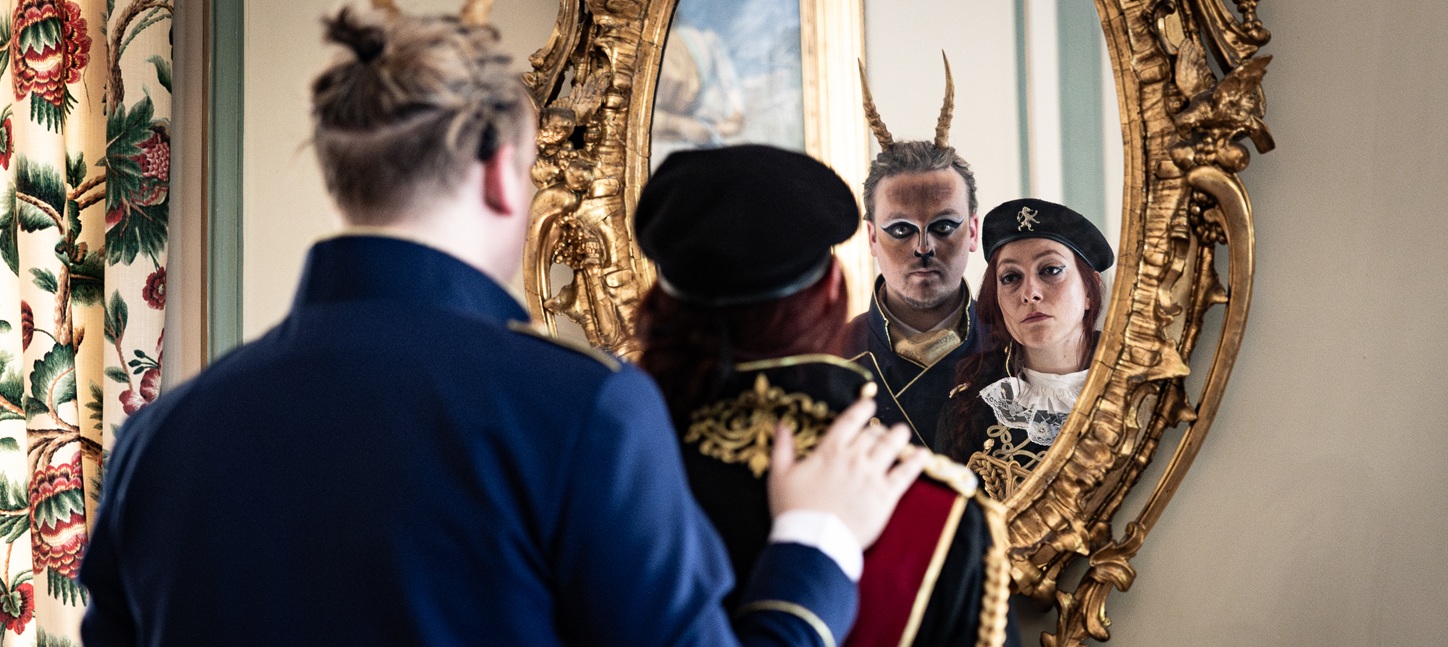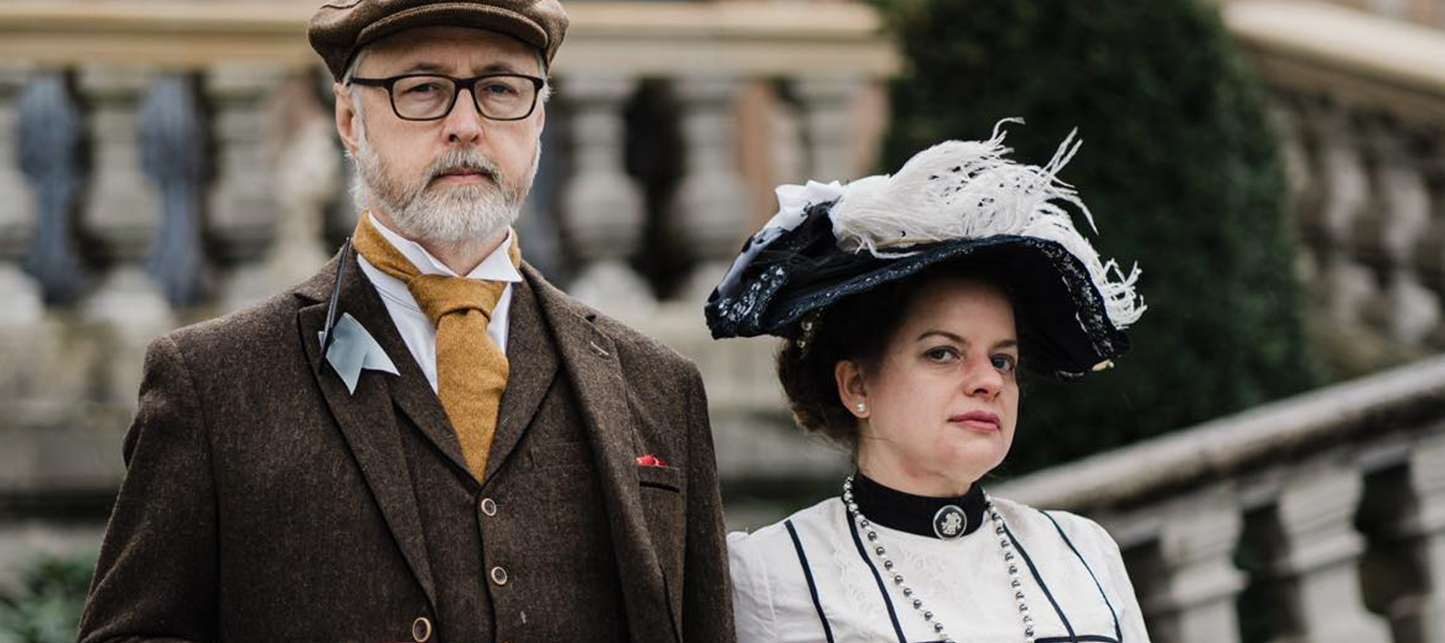Tag: relationships
-

Together, Apart: Dyadic Play in Larp
in
Designing characters in pairs can lead to two people locked into a singular dynamic that shapes the larp experience around them.
-

Listen 2 Your Heart Season 8: An Unexpectedly Bleedy Experiment
Reflections on an online larp adaptation of the popular Netflix dating series Love is Blind.
